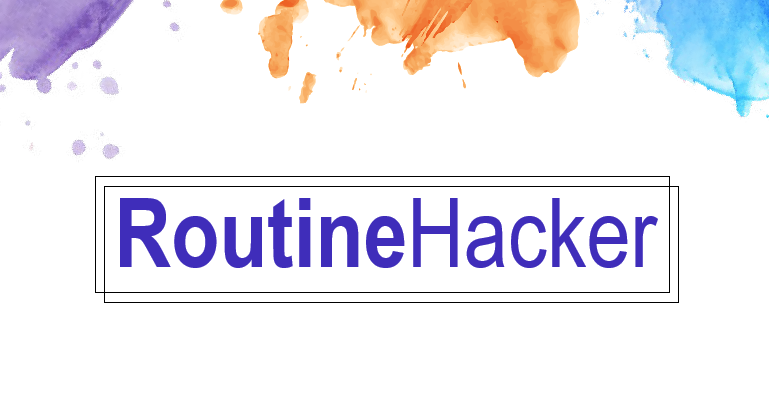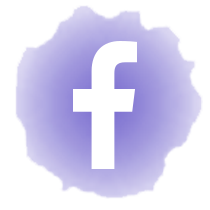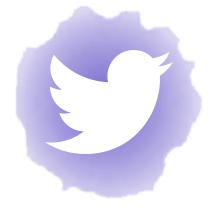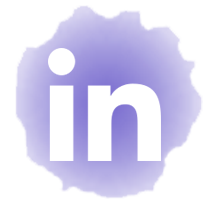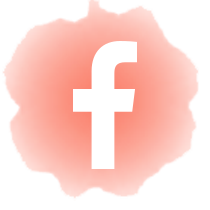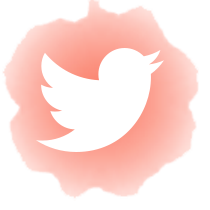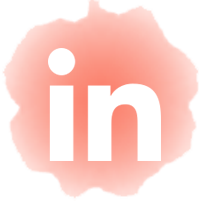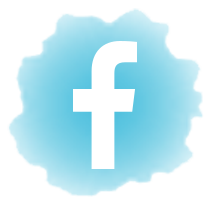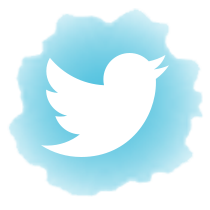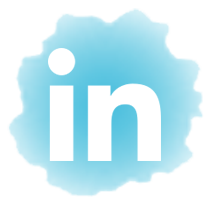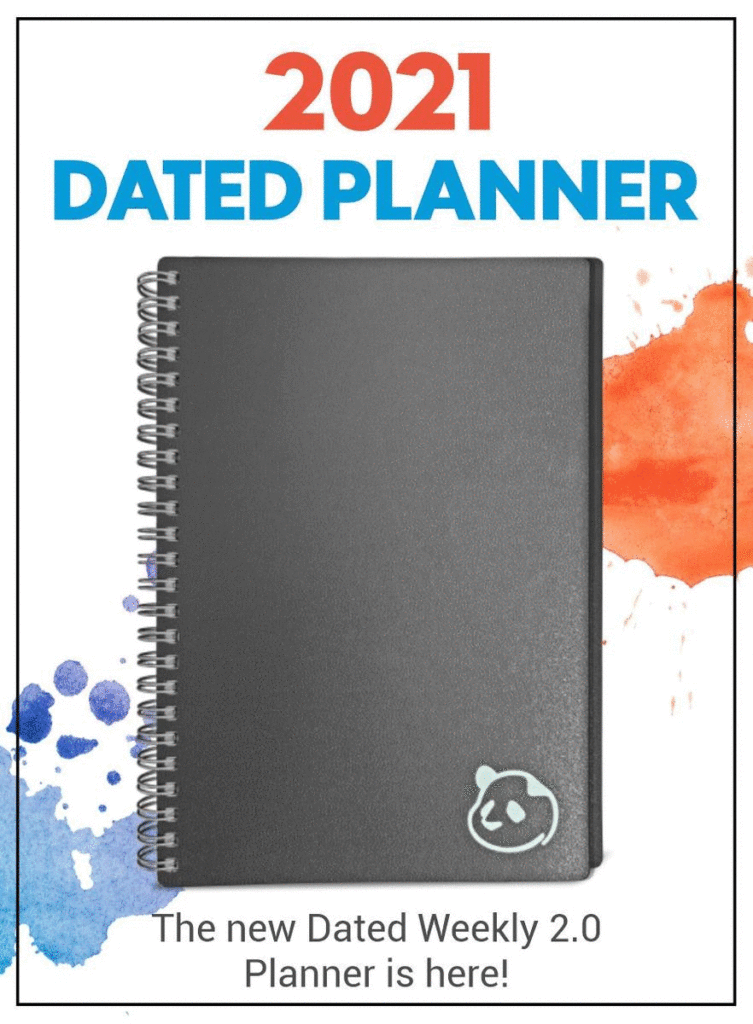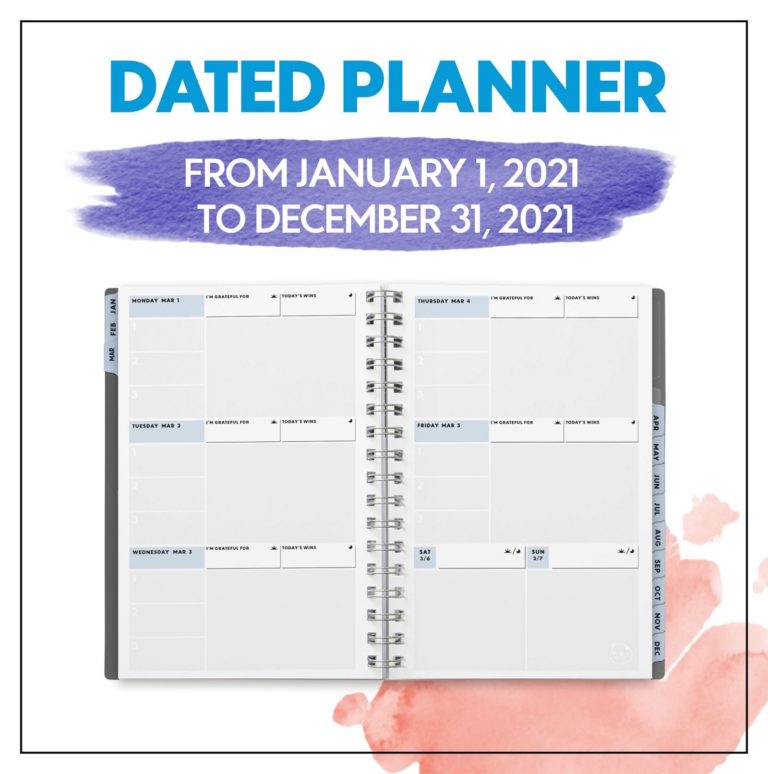“It is by being fully involved with every detail of our lives, whether good or bad, that we find happiness, not by trying to look for it directly.”
– Mihaly Csikszentmihalyi in Flow: The Psychology of Optimal Experience

Productivity Tip:
Use Social Media Mindfully
Research shows that social media can contribute to depression, anxiety, sleep problems, loneliness, and more. Can… but doesn’t have to.
Thing is, how you use it counts. And the best way to use it is mindfully.
Here are some tips on how to do that:
- Use social media with intent. Think about what your goal is before you open the app, and set the intention to use it positively.
- Be present. Rather than scrolling reflexively, bring yourself into the present moment by noticing the feel of the device in your hands, how each piece of content makes you feel, etc.
- Track your screen time. Once you know how long you’re spending in each social media app, you can work to reduce the time if necessary.
- Clean up your feed. Unfollow any accounts that generate negative feelings or encourage unhealthy comparisons.
- Engage. Don’t just loiter anonymously or passively scroll; interact with others in a positive way.
- Post without expectations. Be honest with yourself about why you’re sharing each piece of content, and try to detach from wanting validation.
As we begin the new year, why not set the goal to use social media in a health and mindful way? Try some of the ideas above, and let us know how you do.
Wellness Tip:
Avoid The Planning Fallacy
Ever find yourself underestimating the amount of time it will take to do something? Good news, then: you’re totally normal.
Humans do this so much we’ve given it a name: the planning fallacy. And it’s one of the main reasons we leave things to the last minute. We’re simply too optimistic about how much time we have.
Now for the bad news. Just being aware of the planning fallacy isn’t enough to prevent it. Try these strategies instead:
- Break down large projects into sub-tasks and base your time estimates off those.
- Track how long particular tasks take you to complete, then use that data to better estimate in future.
- Use implementation intentions. When we make specific plans about how, when, and where we’ll work on a task, we’re more likely to complete it within the deadline.
Panda Planner is great for defining your priorities and scheduling in specific plans for when and where to work on them. Next time you find yourself struggling with the planning fallacy, why not give it a try?
Routine Breakdown
Aaron Levie, Co-founder and CEO of Box
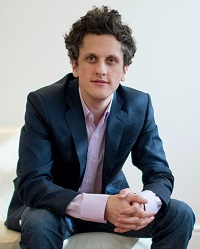
For entrepreneur Aaron Levie, it’s late to bed, late to rise. After waking up between 9.30 and 10am, he:
- Spends 30 minutes “swiping, replying, and deleting” in bed. “I try to make sure I have no unread messages by the time I get into the office.”
- Works all day then, at around 6-7pm, puts in earplugs and has a power nap in a conference room. “Just 20 to 25 minutes is all you need, and then you get fully recharged.”
- Leaves the office around 1-2am. Before going to bed he reads “manuals of business strategy, biographies of celebrated entrepreneurs, histories of iconic companies” and is asleep by around 3am.
Why it works:
- While there are plenty of arguments against using your phone first thing, the blue light can actually help to wake you up and improve cognitive performance.
- Yay for naps – they can boost immunity, memory, learning, alertness, and more.
- Reading books before bed is a great activity for calming the mind and steering clear of that blue light (which, as we know, keeps us awake!)
Aaron says, “I don’t use many apps. I use naps.” Not a bad philosophy, given the many benefits of napping.
Do you ever sneak in a little afternoon snooze? How does napping work for you?
Did you see the new 2021 Dated Weekly Planner 2.0 we recently launched?
